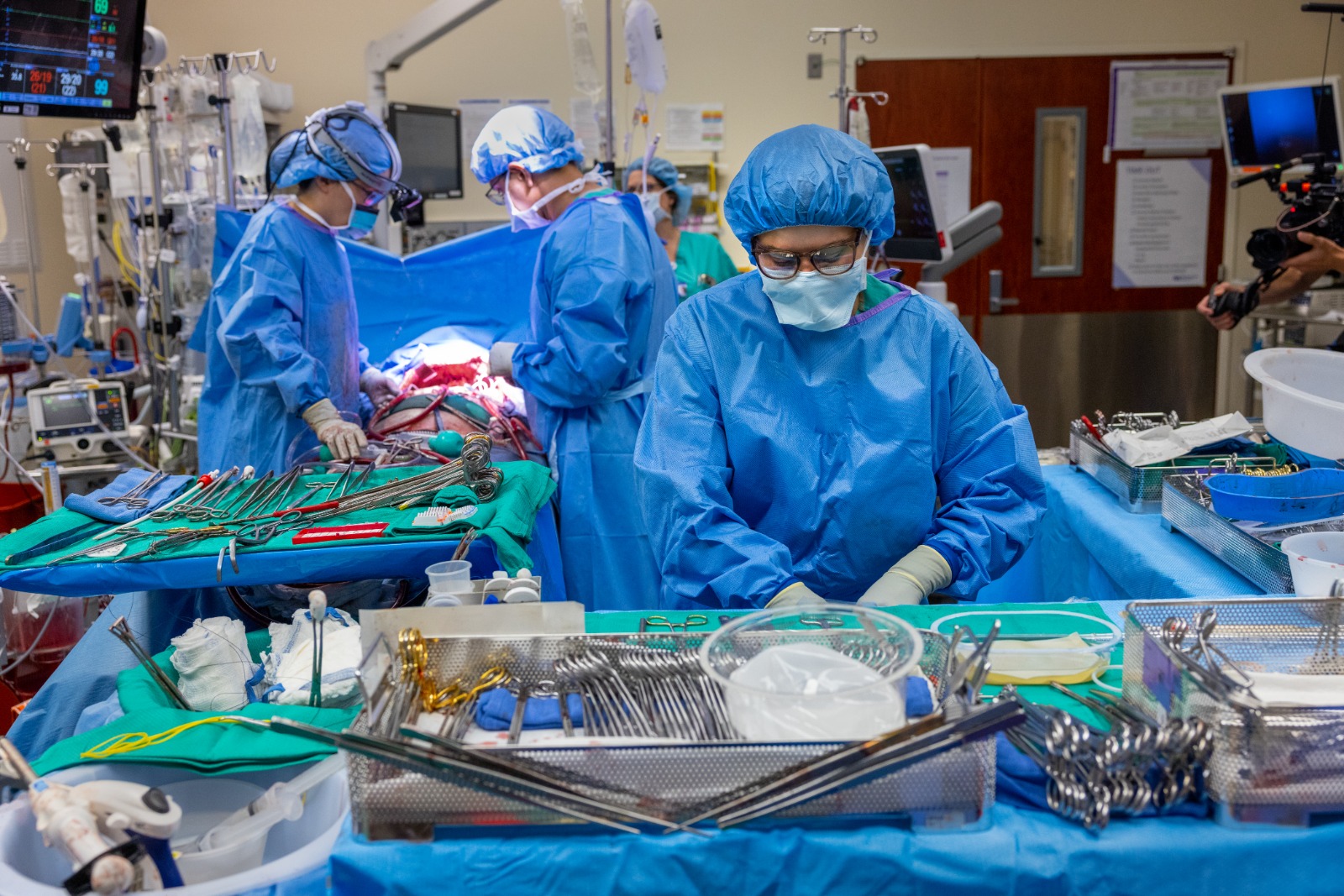
The first successful liver transplant from a living donor, specifically from a father to his daughter, took place in Greece this week.
The operation took place at Athens’s Laiko Hospital, as announced by Deputy Health Minister Irene Agapidaki in a social media post.
Surgeon Professor Georgios Sotiropoulos led the procedure with the contribution of German Professor Dieter Broering.
Agapidaki expressed hope for the well-being of the father and daughter, emphasizing the significant development that brings hope to many in the country.
How the living-donor liver transplant works
A living-donor liver transplant is a surgery in which a portion of the liver from a healthy living person is removed and placed into someone whose liver is no longer working properly.
The donor’s remaining liver regrows and returns to its normal size, volume, and capacity within a couple of months after the surgery. At the same time, the transplanted liver portion grows and restores normal liver function in the recipient.
The number of people waiting for a liver transplant greatly exceeds the number of available livers from deceased donors. Living-donor liver transplant offers an alternative to waiting for a deceased-donor liver.
Having a living donor also allows the recipient to avoid some possible health complications while waiting for a transplant. People who have a living-donor liver transplant seem to have fewer medical problems after the procedure than those who receive a liver from a deceased donor. A liver from a living donor also has a longer survival rate.
First performed in Australia in 1989
The first successful living-donor liver transplant (LDLT) was performed in July 1989 by a team of surgeons at the Royal Children’s Hospital in Brisbane, Australia.
The procedure involved removing a portion of the liver from a mother and transplanting it into her infant son, who was suffering from biliary atresia, a rare condition that blocks the flow of bile from the liver to the intestines. The transplant was a success, and the child went on to live a healthy life.
In November 1989, the University of Chicago Medical Center performed the first adult-to-child LDLT in the United States.
The procedure involved removing a portion of the liver from a woman and transplanting it into her 21-month-old daughter, who also had biliary atresia. The transplant was also a success, and the daughter went on to live a healthy life.
Since then, LDLT has become an established procedure for treating patients with liver failure. It is particularly common in Asia, where the shortage of deceased donor livers is more severe than in other parts of the world.
In the United States, LDLT is still less common than deceased donor liver transplantation, but it is increasingly being used to treat adult patients with liver failure.
Related: Transplanted Livers Functional for Over 100 Years
See all the latest news from Greece and the world at Greekreporter.com. Contact our newsroom to report an update or send your story, photos and videos. Follow GR on Google News and subscribe here to our daily email!



